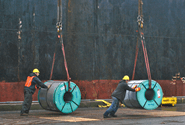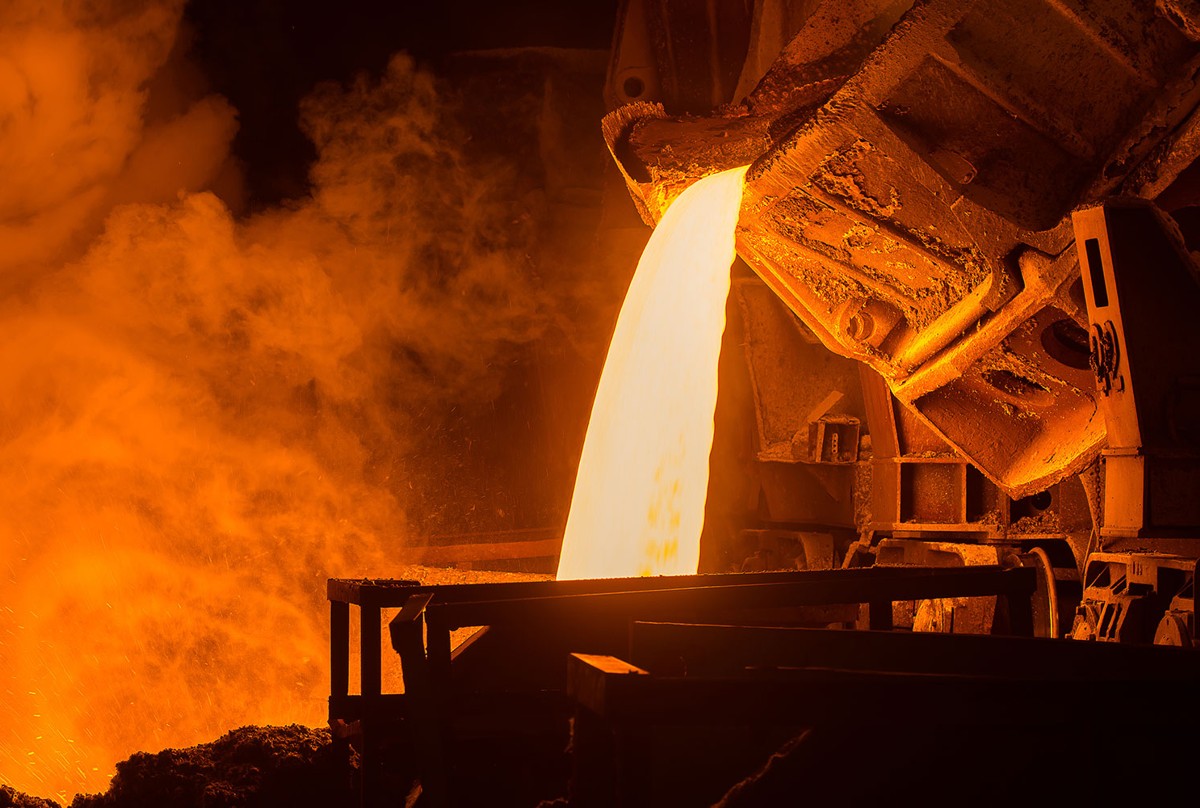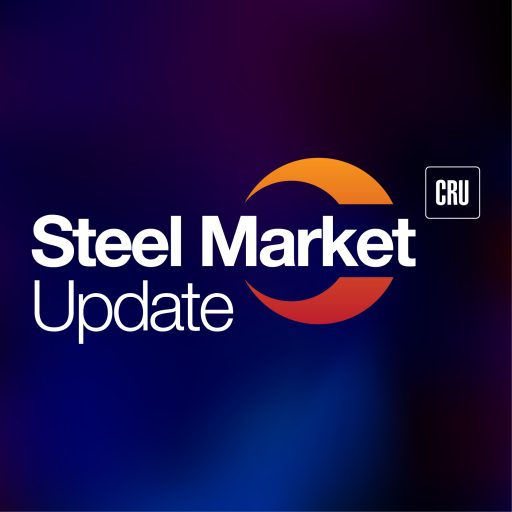Analysis

March 24, 2017
Final Thoughts
Written by John Packard
“Fair and Free Trade” is something that those of us who have been in the steel industry since 2000 have heard over and over again from the domestic steel industry. What exactly is “fair” trade and who should decide? The steel mills have done an exceptional job of determining the talking points through lobbying efforts and the use of the U.S. trade laws. Manufacturers, on the other hand, have generally been mute on the subject. Right now, Steel Market Update is attempting to get a manufacturing industry association representative to speak at our conference. We are finding associations like the National Association of Manufacturing (NAM) aren’t able to find someone within their group to be part of a panel at this year’s SMU Steel Summit Conference. We are now working with the U.S. Chamber of Commerce and we hope their schedules are able to accommodate our conference. They would join Philip Bell, President of the Steel Manufacturing Association (members are the EAF steel mills), Dan Pearson, Fellow at the Cato Institute and former chairman of the International Trade Commission and trade attorney Lewis Leibowitz who is well know to past Steel Summit attendees for his support of free trade.
I struggle with the topic of free and fair trade as I personally have been on both sides of the street having represented a domestic steel mill as well as a couple of international trading companies. The Chinese seemingly lack of understanding of the laws of supply and demand have taken the conversation of what is fair to new heights. To me, it was obvious 10 years ago that the Chinese were on a path of self-destruct for the steel industry by building too many steel mills; growth and employment at the expense of the health and well-being on their citizens and exporting unemployment to the United States and elsewhere.
The U.S. hasn’t been totally silent or innocent for that matter. How many hundreds of millions of dollars in subsidies were given to the domestic steel mills over the past ten years? ThyssenKrupp Calvert (now ArcelorMittal Nippon Sumitomo Calvert), Big River Steel and others benefited from government subsidies in order to get the mills built.
Don’t get me wrong, I am a big supporter for a strong, independent steel industry in the United States just as I am a supporter of a strong, vibrant manufacturing industry, but sometimes these two don’t seem to be that supportive of one another…
I will be traveling to Las Vegas on Monday afternoon as I am speaking to the Steel Framing Industry Association (SFIA) on Tuesday and will return to my office on Thursday morning. I can be reached by email: John@SteelMarketUpdate.com or you can speak to Diana (772-932-7538) or Brett (706-216-2140) in their offices during my absence.
As always, your business is truly appreciated by all of us here at Steel Market Update.
John Packard, Publisher







